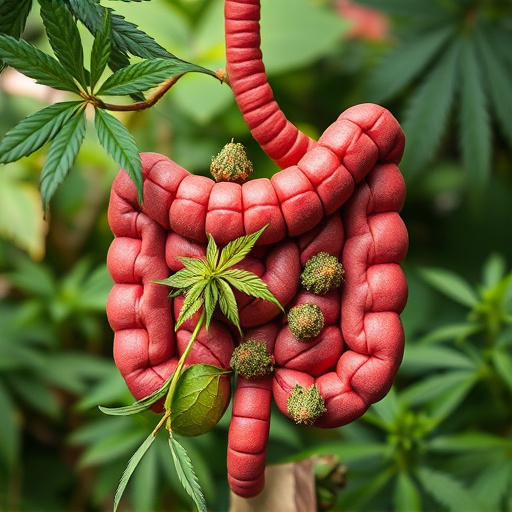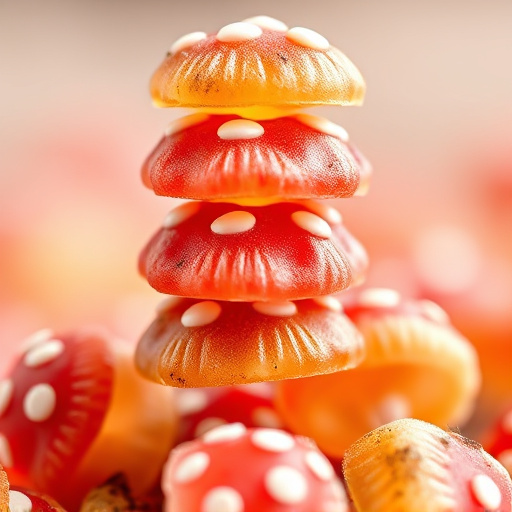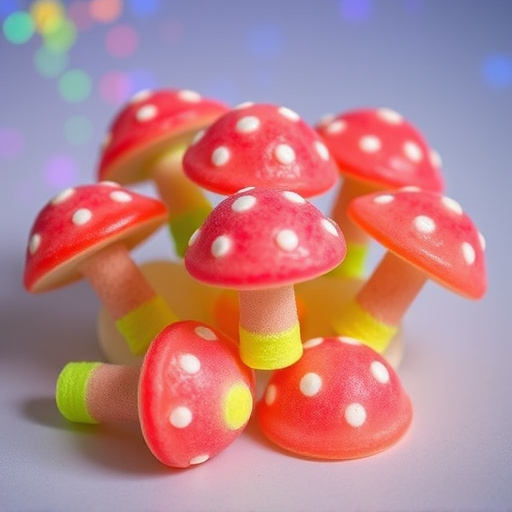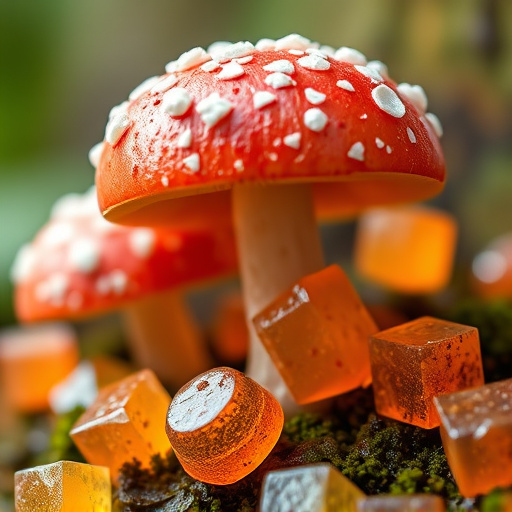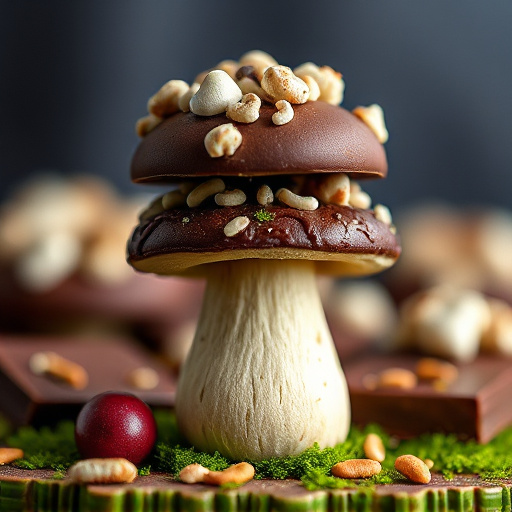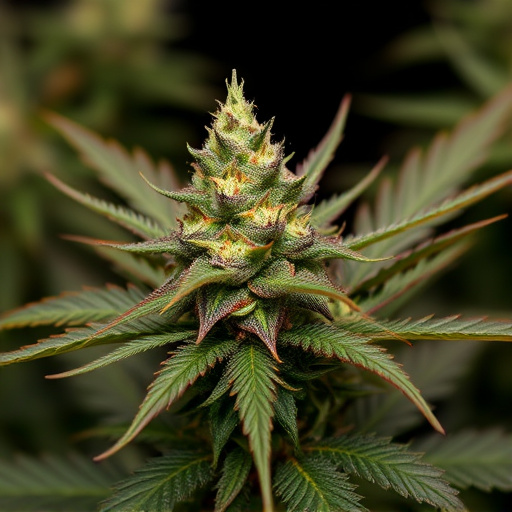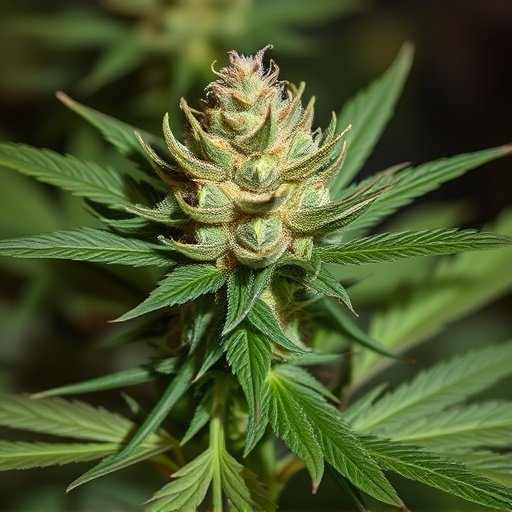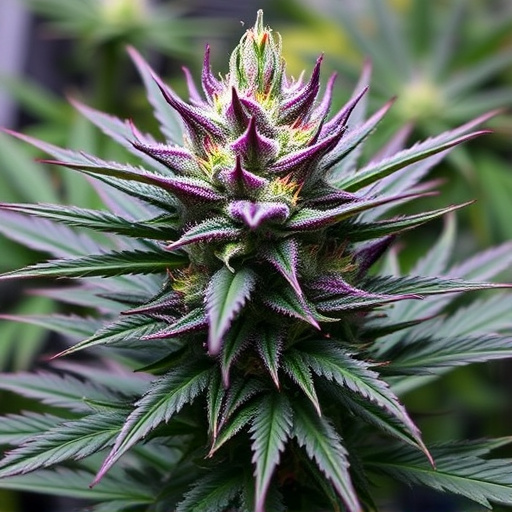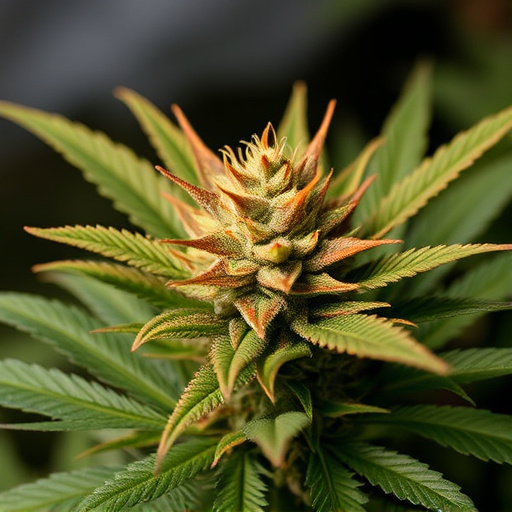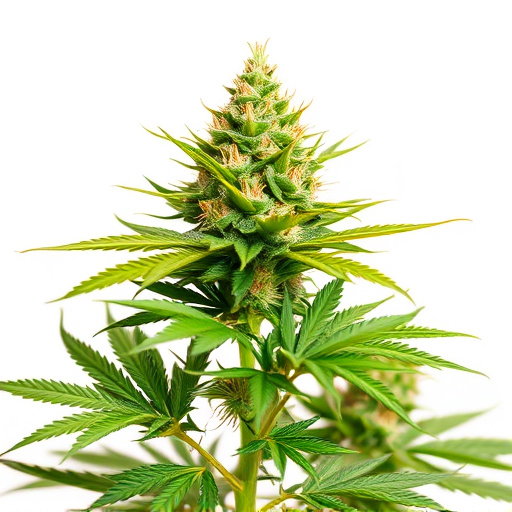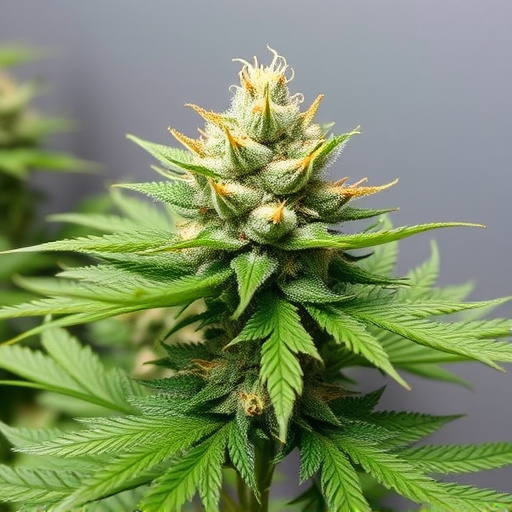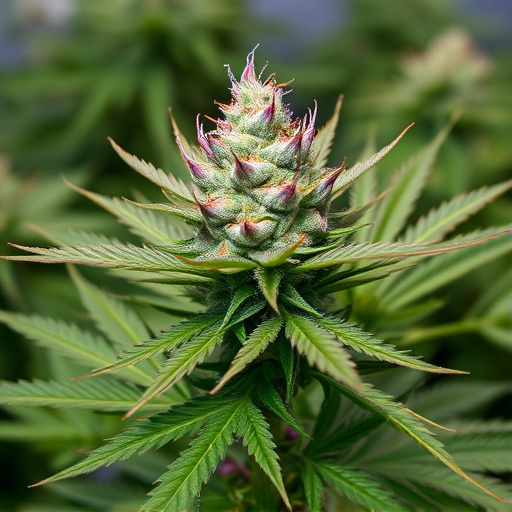Cannabis enthusiasts appreciate the diverse aromas and flavors of high sativa strains, characterized by their potent terpene profiles rich in myrcene, limonene, and pinene. Myrcene contributes earthy and musky notes, limonene brings citrus undertones, while pinene offers a refreshing pine scent, creating unique sensory experiences. These strains are celebrated for their invigorating effects and distinctive skunk-like aromas, influenced by genetic factors and hybridization, making them a popular choice for users seeking mental stimulation.
Discover why some cannabis strains emit a skunkier aroma than others. This comprehensive guide explores the intricate chemistry behind the distinctive ‘skunky’ scent, delving into the role of terpenes. We examine how specific high sativa strains have evolved to boast unique, pungent profiles through genetic manipulation and hybridization. Uncover the secrets behind these fragrant phenomena, from nature’s chemical cues to the cultivated preferences of cannabis enthusiasts.
- Understanding Cannabis Chemistry: The Role of Terpenes in Skunkiness
- Sativa Strains and Their Distinct Aromas: Unveiling the Skunky Profile
- Genetic Factors and Hybridization: Why Some High Sativa Strains Stand Out for Their Skunk-Like Smell
Understanding Cannabis Chemistry: The Role of Terpenes in Skunkiness
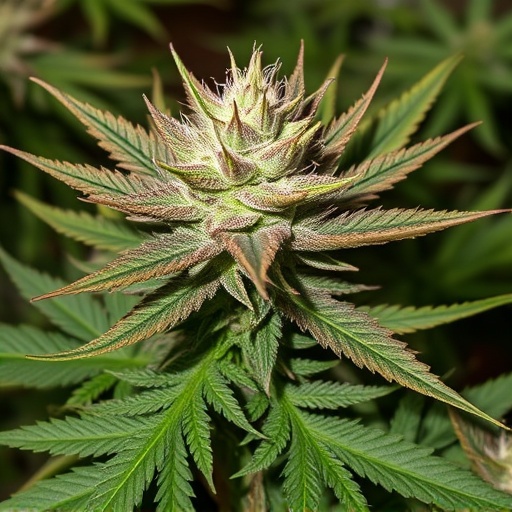
Cannabis enthusiasts often remark on the diverse aromas and flavors that different strains offer, with some notably skunkier than others. Understanding this characteristic requires delving into the complex chemistry behind cannabis, specifically the role of terpenes. Terpenes are aromatic compounds naturally produced by cannabis plants, contributing significantly to the distinct smells and potential effects associated with different strains.
High sativa strains, known for their invigorating and cerebral effects, often feature terpene profiles that emphasize myrcene, limonene, and pinene. Myrcene, with its earthy and musky notes, is a key contributor to the skunkier aromas. Limonene brings citrusy undertones, while pinene offers a refreshing pine-like scent. The balance and interaction of these terpenes create the unique sensory experiences that cannabis lovers seek, with some strains evoking more skunkiness than others due to varying terpene concentrations and ratios.
Sativa Strains and Their Distinct Aromas: Unveiling the Skunky Profile
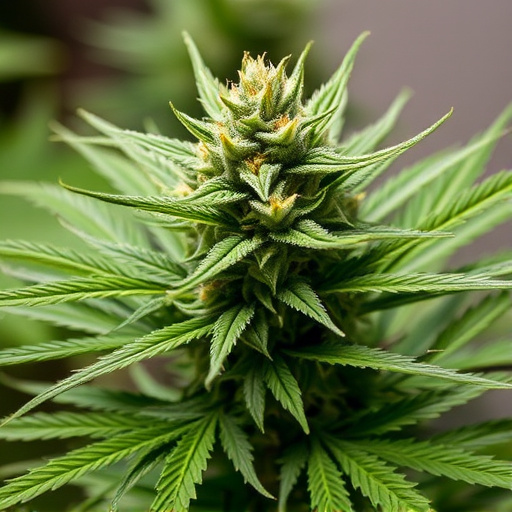
Sativa cannabis strains have long been renowned for their unique and distinct aromatic profiles, with many boasting a skunky aroma that has become synonymous with the plant. These high sativa strains often exhibit a pungent, earthy scent with hints of citrus or pine. The skunkiness in sativas is largely attributed to the presence of terpene compounds, particularly myrcene, limonene, and terpinolene. Myrcene, known for its heavy, musky odour, is often the dominant terpene in these strains, contributing significantly to their characteristic smell.
High sativa varieties are celebrated for their uplifting and energetic effects, and their aromatic profiles play a crucial role in shaping these experiences. The skunky notes can evoke a sense of vibrancy and alertness, making them popular among those seeking a mental boost. Moreover, the distinct aroma of sativas adds to the overall sensory experience, allowing users to appreciate the intricate nuances of each strain.
Genetic Factors and Hybridization: Why Some High Sativa Strains Stand Out for Their Skunk-Like Smell
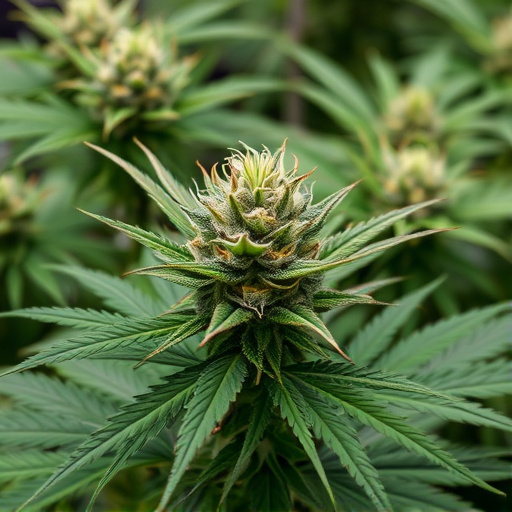
The distinctive skunk-like aroma associated with cannabis is a result of specific chemical compounds, primarily terpenes and cannabinoids, that contribute to the plant’s scent and effects. Genetic factors play a significant role in determining the concentration and type of these compounds present in each strain. High sativa strains, known for their invigorating and cerebral effects, often stand out for their robust skunk aromas due to their genetic makeup. Sativa varieties have been selected over generations for their unique properties, leading to an enhanced expression of specific terpenes like myrcene, limonene, and pinene, which are responsible for the skunkier notes.
Hybridization has also contributed to the diverse range of cannabis scents. When sativa and indica strains are crossed, the resulting hybrids can inherit varying levels of these aromatic compounds from each parent, leading to a broader spectrum of smells. This genetic diversity is one of the reasons why some high sativa strains exhibit an intensively skunk-like fragrance, setting them apart from their counterparts with more subtle or earthy aromas.
In conclusion, the skunkier aroma of certain cannabis strains is attributed to the presence and composition of terpenes, which play a pivotal role in shaping their unique chemical profiles. High sativa strains, known for their invigorating effects, often exhibit distinct aromatic characteristics, with some genetic variants showcasing particularly intense skunk-like scents. Understanding these chemical complexities not only enhances our appreciation for cannabis diversity but also empowers consumers to choose strains that align with their preferences and desired experiences.


